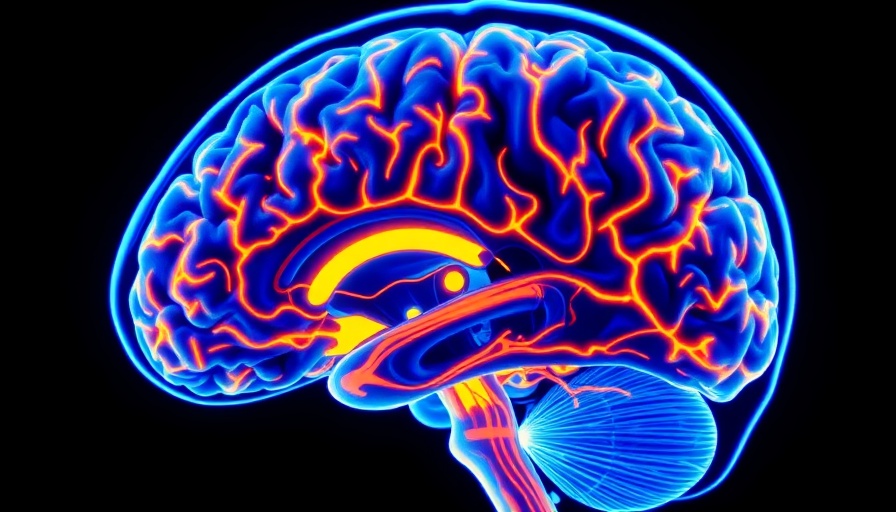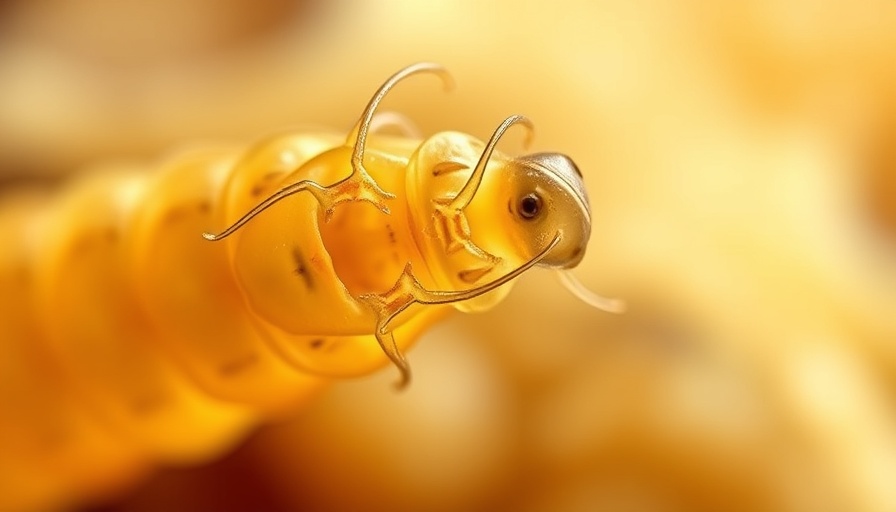
Understanding Lipoedema: A Silent Struggle
Lipoedema is a condition that predominantly affects women, causing disproportionate fat accumulation, particularly in the thighs and calves. Despite the obvious physical implications, individuals like Sunniva Kwapeng, diagnosed only later in life, experience emotional and psychological challenges alongside physical symptoms. Sunniva’s journey, shared through a recent study from the Norwegian University of Science and Technology (NTNU), sheds light on how diet can play a vital role in managing this often-misunderstood disease.
The Impact of Diet on Lipoedema
Research indicates that patients with lipoedema may find relief from pain and achieve weight loss by adhering to a low-carb diet. As the recent NTNU study highlights, the effects of diet on this condition vary greatly among individuals. For Sunniva, who has tried multiple diets with minimal success, the findings affirm a broader tendency: lipoedema-related fat is notoriously resistant to traditional weight-loss strategies. According to former PhD candidate Julianne Lundanes, not much is known about lipoedema, leading to misconceptions that often discourage patients from seeking help.
Dietary Choices: What's Working?
The NTNU thesis explored two distinct dietary approaches: a low-carb and a low-fat diet. Results revealed that those on a low-carb diet not only experienced less pain but also enjoyed improved quality of life metrics compared to their low-fat counterparts. This contrasts sharply with Sunniva’s experience, which ultimately concluded that a well-rounded Norwegian diet proved to be more effective for her overall wellness.
The Vicious Cycle of Pain and Inactivity
Living with lipoedema can trigger a downward spiral—chronic pain may lead to reduced physical activity, which in turn exacerbates pain and decreases quality of life. Many individuals suffering from lipoedema face judgment, often mistaking their condition for obesity. This stigma can lead to feelings of inadequacy and frustration. As portrayed in Sunniva's story, those affected often bear not only physical burdens but also social ones.
Broader Implications for Health and Wellness
Awareness and proper understanding of lipoedema are crucial for effective treatment. The condition is characterized by the painful accumulation of fatty tissues, highlighting the importance of further education among healthcare professionals. Treatment options are limited, making the understanding and management of lipoedema more critical than ever.
Emotional Resilience in the Face of Stigma
For many individuals like Sunniva, accepting their diagnosis and learning to embrace their bodies has been transformative. "After I was diagnosed, I have become kinder to myself,” she shares, further emphasizing that societal perceptions often dismiss people with lipoedema as merely 'overweight.' It's imperative for society to shift the narrative and understand the unique struggles of individuals dealing with this painful condition.
Future of Lipoedema Research
Moving forward, more investigation into dietary impacts may illuminate additional methods for managing lipoedema’s symptoms. As researchers continue to explore effective strategies, the promise of personalized diets that fit individual needs could empower those affected by lipoedema. There is an urgent need for more awareness, comprehensive studies, and alternative treatments to address the complexities surrounding this condition.
For anyone dealing with lipoedema, it’s essential to access resources that offer support and insight. As new research surfaces, patients are encouraged to stay informed and advocate for themselves, seeking assistance from knowledgeable healthcare providers who recognize the realities of lipoedema.
Understanding and addressing lipoedema can pave the way for a healthier lifestyle and improved quality of life. With awareness, compassion, and the right dietary choices, individuals affected by this condition can find paths to pain relief and empowerment.
 Add Element
Add Element  Add Row
Add Row 



Write A Comment